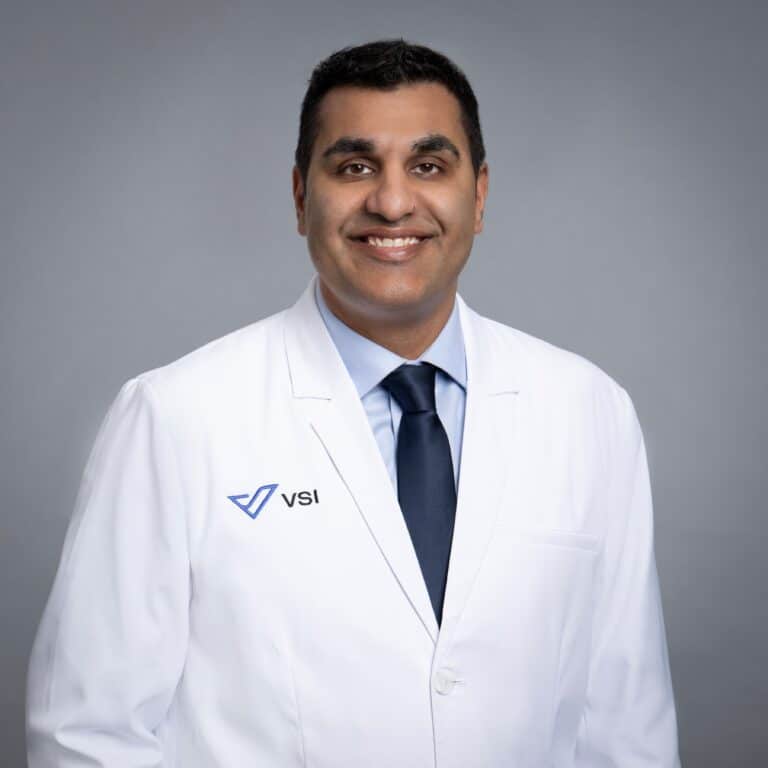
Preventing Overuse Injuries in Young Athletes: Expert Tips for Parents
Watch the Podcast on Youtube
With the rise of competitive youth sports and year-round training, overuse injuries in young athletes are becoming a growing concern for parents. Each year, millions of children experience sports-related injuries, many due to excessive training and lack of recovery time. According to the CDC, 3 million children visit the emergency room each year for sports-related injuries, while another 5 million seek help from their primary care doctors or sports clinics. With numbers like these, it’s clear that parents need to understand how to recognize and prevent these injuries before they cause long-term harm.
If your child is among those experiencing pain, what can you do about it? Spine Surgeon Dr. Colin Haines and Sports Medicine Physician Dr. Niteesh Bharara discuss sports overuse injuries, including pars injuries, and what parents and their athletes can do to resolve them and return to play.
Why Are Sports Overuse Injuries on the Rise?
Overuse injuries occur when repetitive motion strains muscles, ligaments, and joints without giving the body time to recover. With the growing emphasis on year-round sports and early specialization, young athletes are practicing harder and more frequently than ever. This leaves little room for rest and increases the likelihood of injury.
Dr. Haines points out that early specialization—focusing on just one sport from a young age—plays a big role in this. “I feel like our kids are becoming young professionals, and that’s very different than it once was. When I was growing up, I played soccer, basketball, and tennis. And I did it based on the season so I was able to give my body more rest. Each sport has different potential injuries that come with it and the variety allowed me time to rest and heal between each season. But now, a lot of my friends’ children are specializing in one sport year-round and starting much younger – even 10 hours a week at the age of four.”
Four Common Sports Overuse Injuries in Young Athletes
Dr. Bharara notes that overuse injuries can vary depending on the sport, but some of the most common ones include:
- Stress fractures: Small cracks in bones, often in the legs or feet
- Tendonitis: Inflammation of tendons due to repetitive movement
- Shin splints: Pain along the shin bone from running or jumping
- Runner’s knee: Pain around the knee, common in sports with frequent running or jumping
Recognizing these injuries early is key to preventing more serious problems. “If your child is complaining about pain that persists even after rest or is affecting their ability to play, it’s time to take action,” Dr. Bharara advises.
Knowing When Your Athlete’s Pain Is a Problem
It’s normal for athletes to experience some discomfort after intense physical activity. But how do you know when pain is more than just fatigue? Dr. Haines offers a rule of thumb: “Pain that lingers for more than a few days, worsens with activity, or interrupts daily life is a sign that something could be wrong.”
As with anything, early detection is important to get an athlete to get back into their sport. Dr. Bharara explains that parents should be aware of signs from their children that they might be in pain, even before they admit it themselves. He cautions that if you notice your child cutting back from their sport or limping when they walk, they could be fighting, or hiding, an injury.
How to Get Your Young Athlete Back to Competition
If you do notice these symptoms persisting, consult a specialist to formulate an individualized plan. This could include taking time off, physical therapy, or other treatments depending on your child’s needs. Taking into account pressure from coaches, peers, parents, and even themselves, Dr. Bharara explains that this step can be very difficult for athletes. However, giving their body a break can make a big difference in their healing journey.
Dr. Haines uses the analogy of paper cuts between your fingers – when you think they are healed, you extend your finger and they tear again, starting from square one. “That’s how I think of these stress fractures and overuse injuries. Unless you give them time to heal, they can create further injuries, resulting in more time off.”
“When these injuries are caught early, they can almost always be treated non-surgically. Physical therapy, PRP, stem cell therapy, and other regenerative medicine treatments are some ways we treat these overuse injuries here at VSI,” explained Dr. Bharara.
As a parent, watching your child push through pain in the pursuit of their athletic dreams can be incredibly stressful. With overuse injuries on the rise, it’s natural to feel worried about the long-term impact on their health. But the good news is that with early detection and proper care, many of these injuries can be resolved without surgery, allowing your young athlete to safely return to the sport they love.
At VSI, we are here to guide you through the process, helping your child recover and ensuring they have the time and tools needed to heal fully. By staying attuned to signs of overuse and seeking help early, you can protect your athlete from more serious complications. Remember, the goal isn’t just getting back into the game—it’s ensuring they stay in it, strong and pain-free, for years to come.
Listen to this Podcast Episode
Topics covered
About the Author
Featured Resources
Insights to Achieve a Pain-Free Life




